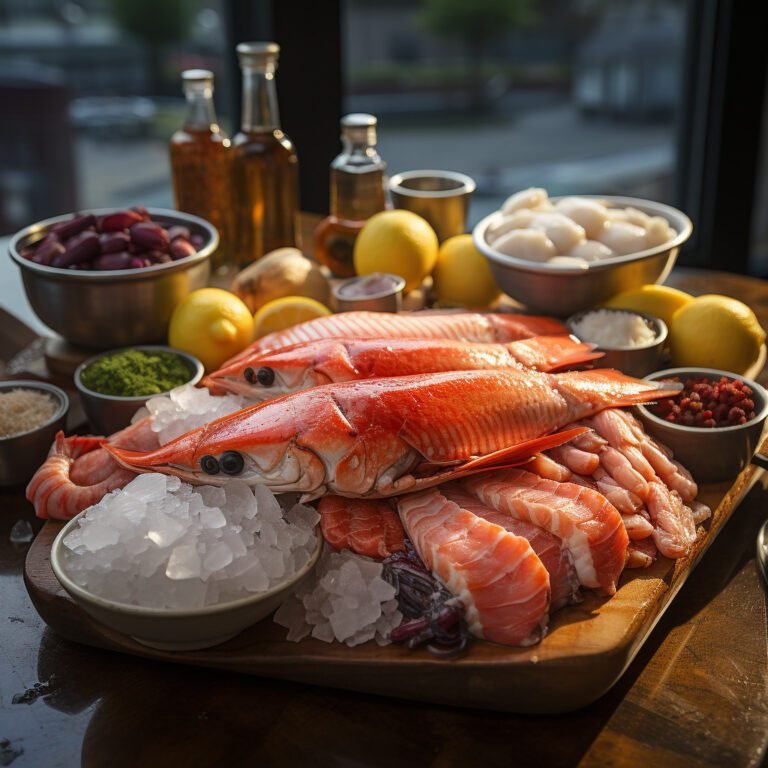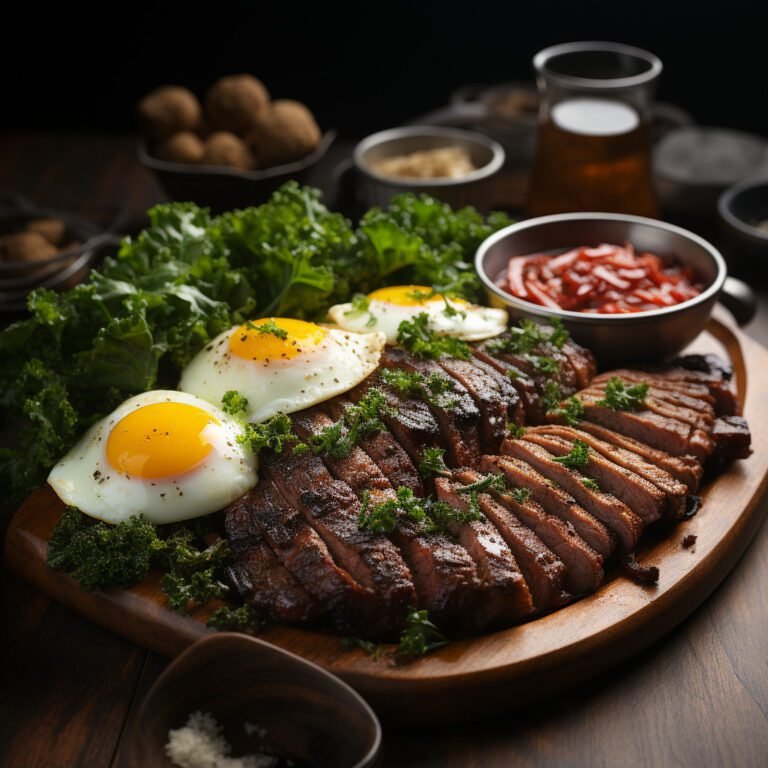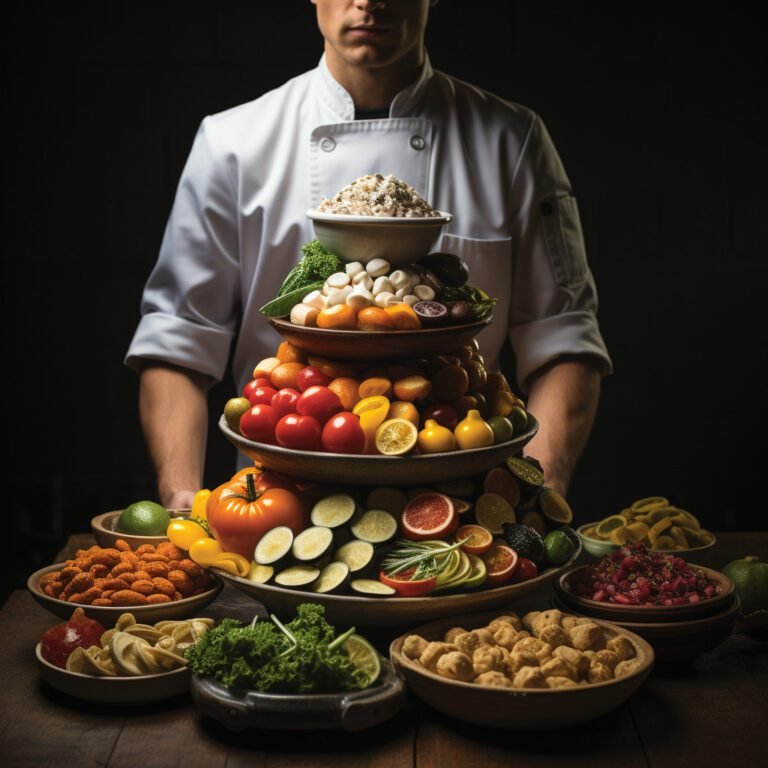Food Pairing Science: Unlocking the Perfect Combinations for Flavor Harmony
Introduction to Food Pairing Science
Delighting your palate involves more than just cooking up a meal. It’s about understanding the art and science behind food pairing. This is a culinary strategy that involves blending two or more ingredients, which share common flavor compounds, to create a harmony of taste. This concept goes beyond traditional combinations to unlock new, exciting flavors that can transform your cooking.
Understanding Flavor Profiles
To understand food pairing, it’s essential to comprehend the concept of flavor profiles. Every food item has a unique flavor profile, consisting of hundreds or even thousands of aromatic compounds. These compounds are what give food its taste and aroma. For example, strawberries have over 350 flavor compounds, while coffee is known to have more than 800.
The key to food pairing is identifying ingredients with overlapping flavor compounds. This overlap creates a flavor harmony that can elevate your dishes to new heights. For instance, strawberries and peas might not seem like an obvious pairing, but they share several flavor compounds, making them a surprisingly compatible duo.
Unlocking Flavor Combinations with Food Pairing Science
Food pairing science allows you to experiment with unique and unexpected flavor combinations. You can pair ingredients from different food groups, cultures, or cuisines, creating fusion dishes that are not only delicious but also innovative.
For instance, chocolate and caviar might seem like unlikely bedfellows, but they share several flavor compounds, making them a delightful pairing. Similarly, white chocolate and caviar have been found to share a total of 73 flavor compounds, making them a harmonious pair. This unexpected pairing can create a luxurious dessert that is sweet, savory, and utterly indulgent.
Another interesting combination is oysters and passion fruit. They share a significant number of flavor compounds, creating a unique blend of tastes. The sweet and tart flavor of passion fruit complements the salty, briny taste of oysters, creating a dish that is a celebration of both land and sea.
Examples of Food Pairing in Culinary Practice
Many renowned chefs and restaurants around the world use food pairing science in their culinary creations. For example, the famous Belgian chef Peter Goossens uses this approach in his three-Michelin-star restaurant, Hof van Cleve. He pairs ingredients like mackerel and strawberry, based on their shared flavor compounds, to create innovative dishes that challenge the palate.
In the world of cocktails, food pairing science is also widely used. Bartenders often pair spirits with ingredients that share common flavor compounds to create exciting and unique cocktails. For example, the classic combination of gin and tonic works so well because they share several flavor compounds.
Food pairing science is not just for professional chefs or bartenders. It can also be used at home to elevate your everyday cooking. By understanding the flavor profiles of your ingredients, you can create delicious and exciting dishes that will impress your family and friends.
So next time you’re in the kitchen, consider the science of food pairing. Experiment with different combinations, and let your palate guide you. Remember, cooking is not just about following recipes; it’s about creating new flavors and experiences. And with food pairing science, the possibilities are endless.





